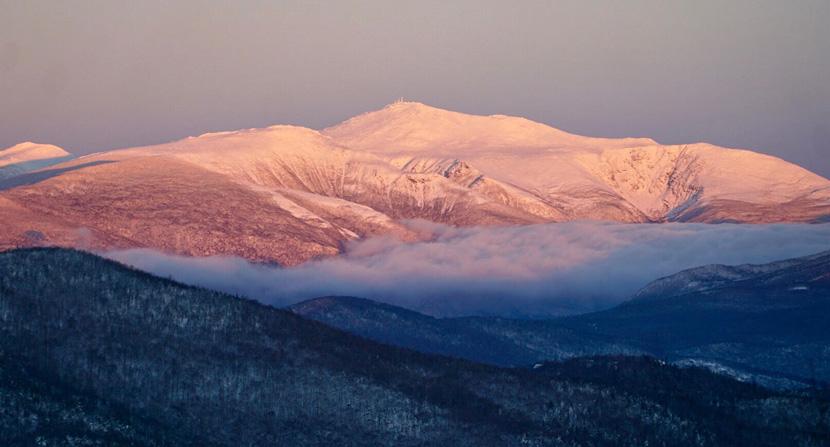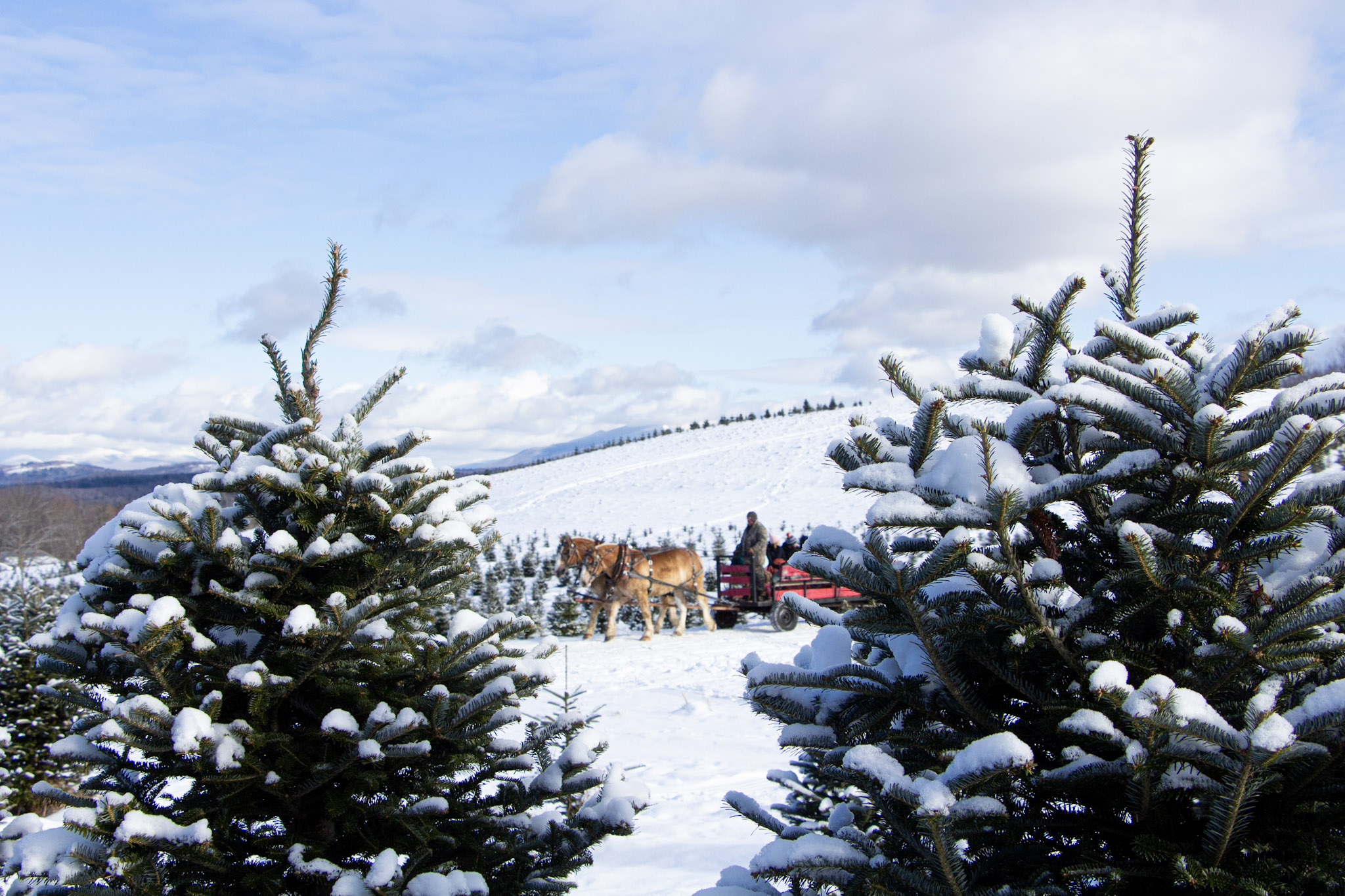- Tags:
- Climate,
- Wildlife,
- Something Wild

Forests growing at New Hampshire’s highest elevations in the White Mountains experience the most extreme conditions in the Northeast. Alpine trees tolerate factors that have defined and shaped these mountaintop forests for thousands of years.
One of the factors that push life to its limits is cold air, which holds less moisture than warm air. The thick waxy coating on green conifer needles is a specific adaptation to avoid drying out.
Hardwoods like beech, maple, and yellow birch are all hardy at lower elevations, but drying caused by extreme cold effectively removes them from the mix as you go up.
The stunted miniature forest growing just below tree line includes red spruce, balsam fir, and black spruce. These twisted, contorted trees are known as “Krummholz” or “bent wood” in German.
You might find pockets of heart-leaf paper birch in hollows insulated by deep snow, which is another of the factors making life difficult for trees in the White Mountains.
Rime ice is another destructive factor. Airborne water droplets in clouds and fog can resist freezing even at temperatures well below 32 degrees. This supercooled mist instantly freezes on contact with cold surfaces, such as exposed spruce boughs, creating a growing coat of rime ice.
Ice-loading on alpine trees can get so heavy that it breaks off branches. Annual winter ice pruning removes growth on the sides of trees facing into the wind, causing what’s often known as a flag tree. And on a flag tree, the downwind side is the only part of the tree with healthy undamaged new growth, looking just like a flag on a flagpole.
Of course, it wouldn’t be the White Mountains without high winds. Prevailing winter winds in the White Mountains scour snow from western slopes and dump it over the ridge onto eastern slopes, where it can accumulate to extreme depths.
Trees partially or entirely buried in snow survive better than those that protrude above the snowpack. That’s why you see taller trees in the bowls and ravines of eastern slopes.
At high altitude, soil is usually just a thin veneer of organic matter – leaves and needles decaying slowly in cold conditions to form humus stretched over and in between exposed granite.
When trees growing on this thin soil rock back and forth in the wind, they break their fine feeder roots. As they grow taller, their canopy area exceeds the roots that anchor them.
This factor leads to the “fir wave” phenomenon. That’s the dieback of spruce and fir trees on the upper slopes that occurs over years. As the trees exposed to prevailing winds die, they then expose the trees behind them.
Fir waves have been found to occur only in the northern Appalachians and in the mountains of northern Japan. These slow motion waves include dieback of canopy trees plus new seedlings that regenerate in their wake.
Waves of death and regeneration move an average of three -10 feet per year. They crest and break when they reach the ridgeline above. And the process repeats.
Ecologist Peter Marchand says in his book, North Woods, that fir waves rejuvenate the crowded aging forest by releasing nutrients and admitting sunlight to areas too moist for fires and too cold for insects.
It’s already a tough neighborhood for an evergreen tree to make a living. And it may be getting even tougher!
It's hard to know what effects climate change will have on these high elevation forests.
Something Wild is a partnership of NH Audubon, the Forest Society, and NHPR.
